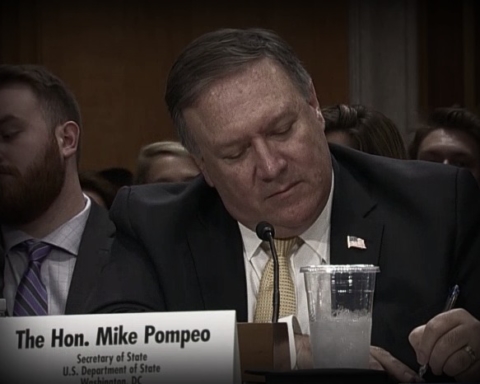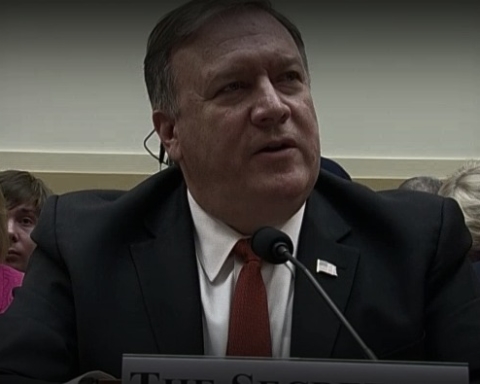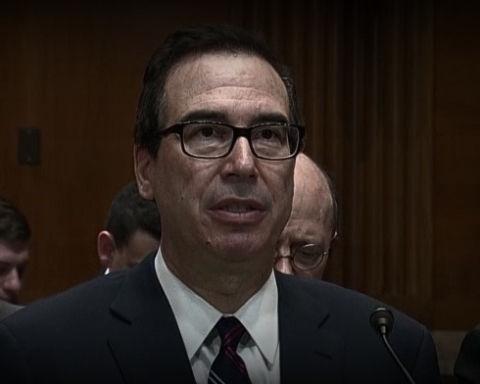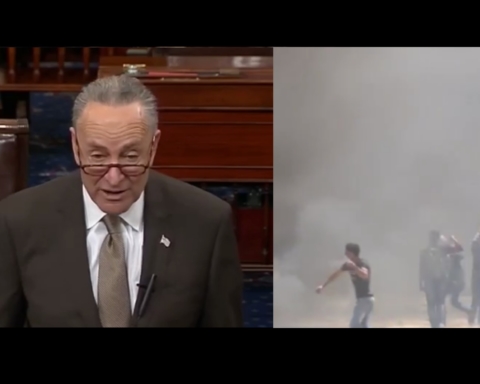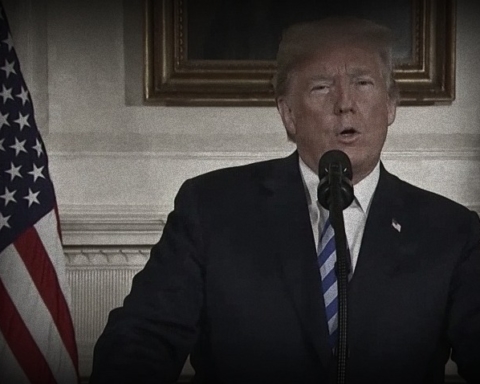Piecemeal anti-Islamic State militias in Eastern Afghanistan aren’t being supported by the Pentagon’s primary mission in the country, a US military representative said Thursday.
US Army Brig. Gen. Charles Cleveland claimed that the armed groups–revealed last week by The Wall Street Journal–aren’t receiving aid from Resolute Support Mission.
“As I think you know, we have a fairly strenuous process to make sure that anyone we provide support to meets a variety of conditions,” he said, via satellite link-up from Afghanistan, to the Pentagon press corps.
Afghanistan’s National Directorate of Security (NDS) last August started arming anti-Islamic State (ISIL) militias, through an initiative called the “People’s Uprising Program,” according to April 5 WSJ reporting. The CIA, which heavily supports the NDS, declined WSJ’s request to comment on the story. So too, did the US Embassy in Kabul.
“Although I’ve seen the same reporting, I just don’t have a whole lot of information on what those organizations are and how they are going about their business,” Cleveland added. The Brigadier General is a top press officer for Resolution Support, the name of the NATO-led mission in Afghanistan. Almost 70 percent of the US military’s 9,800-strong Afghan contingency is taking part in the initiative.
The Wall Street Journal found that roughly 1,000 fighters are being paid by the NDS as part of the People’s Uprising Program. The militias are active in three districts in Nangarhar Province—about the same number of districts where ISIL is active in the country, according to Brig. Gen. Cleveland.
People’s Uprising Program leader Abdul Qayum Rahimi told WSJ that the initiative could soon be scaled up for Afghanistan’s fight against the Taliban. It is reportedly being considered “for 140 districts in 32 provinces,” according to WSJ reporters Jessica Donati and Habib Khan.
Though Rahimi touted its purported successes in the anti-ISIL fight, he noted the initiative has the potential to self-destruct in spectacular fashion.
“If we do not manage this properly, it will be a mess,” Rahimi said. “People with guns can do anything.” The WSJ said Afghan President Ashraf Ghani is backing the effort due to a “budgetary squeeze.”
The United States has a poor track record of supporting militias in Afghanistan. Most infamously, its assistance for anti-Soviet mujaheddin in the 1980’s empowered Osama bin Laden and other Islamist extremists who eventually took up arms against the US.
ISIL in Afghanistan has caused the US military serious concerns, despite the Pentagon believing it consists of a small group of disaffected Taliban fighters—roughly 1,000-3,000 of them.
“It’s probably on the lower end of that,” Brig. Gen. Cleveland said on Thursday. US military officials believe that the group isn’t very popular among Afghans.
Cleveland also noted that the US military in January was authorized by President Obama to target ISIL elements in Afghanistan. He said about 70 percent of US counterterrorism strikes in the country since then have focused on ISIL militants.

